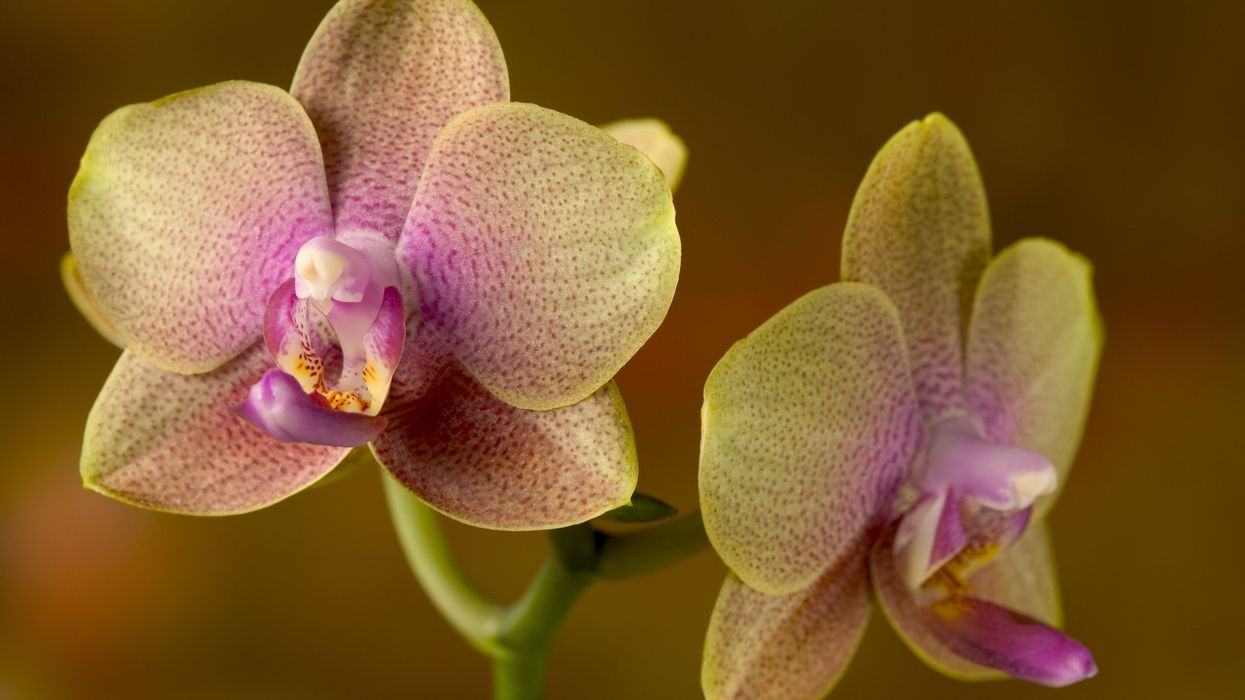Where to keep your orchids at night to 'kick plants into flowering' - 'Helps enormously'

Orchids produce additional blooms when pruned
|GETTY

Given the right care, orchids will produce additional blooms for years to come
Don't Miss
Most Read
Orchids epitomise elegance and sophistication, but the plant's peculiarities make them particularly difficult to care for.
Due to their tropical origins, they are highly sensitive to cold weather, explaining why most orchids are kept indoors in the United Kingdom.
Even after several months of spectacular blooming, flowers start to wilt and drop.
This doesn't mean the plant won't produce additional blooms. But knowing where to keep the flowers is essential, according to experts.

Knowing where to cut orchids is essential for additional flowering
|GETTY
The Royal Horticultural Society (RHS) states that “some orchids are difficult to coax into bloom more than one, especially if you’re growing them in the house”.
It adds: “But there is one easy trick that helps enormously: make sure that the temperature at night is lower than the day temperature.
“It doesn’t take much, but lowering the heat by 5ºC, usually in autumn, will often kick plants into flowering,” says the RHS.
“Moving them into a different room in the house may be all they need but it makes a huge difference to most of the orchids we grow in the home.”
How to trim orchids
“Once the flowers are spent, it is time to trim the orchid stem and wait for a new flower spike to emerge," according to experts at Orchidbliss.
“This is the perfect time to trim the orchid stem to allow the orchid to regenerate and prepare to rebloom."
The species typically found at grocery stores are Phalaenopsis, Paphiopedilums and Vanda orchids.
These varieties should have just their flower stalk removed, and not the whole pseudobulbs.
“If you see a bulge in the stem, that is a pseudobulb and you don’t want to cut that,” states Orchidbliss. “If there are leaves growing off a stalk, don’t cut that.”
If the spike is dying and looks brown, trim the stem at the base of the plant using a sterilised pair of scissors or shears.
LATEST DEVELOPMENTS

Orchids will thrive if given the right care
|GETTY
Though drooping leaves are often taken as a sign of dehydration, they can also indicate excessive watering.
Overwatering will cause the plant's root rot and prevent stems from passing on much-needed liquid to the leaves.
If flowers around the lower section of the plant start displaying signs of fading, their removal could encourage new growth.
Given the right care, some orchids can survive up to 15 years, blooming every few months.










